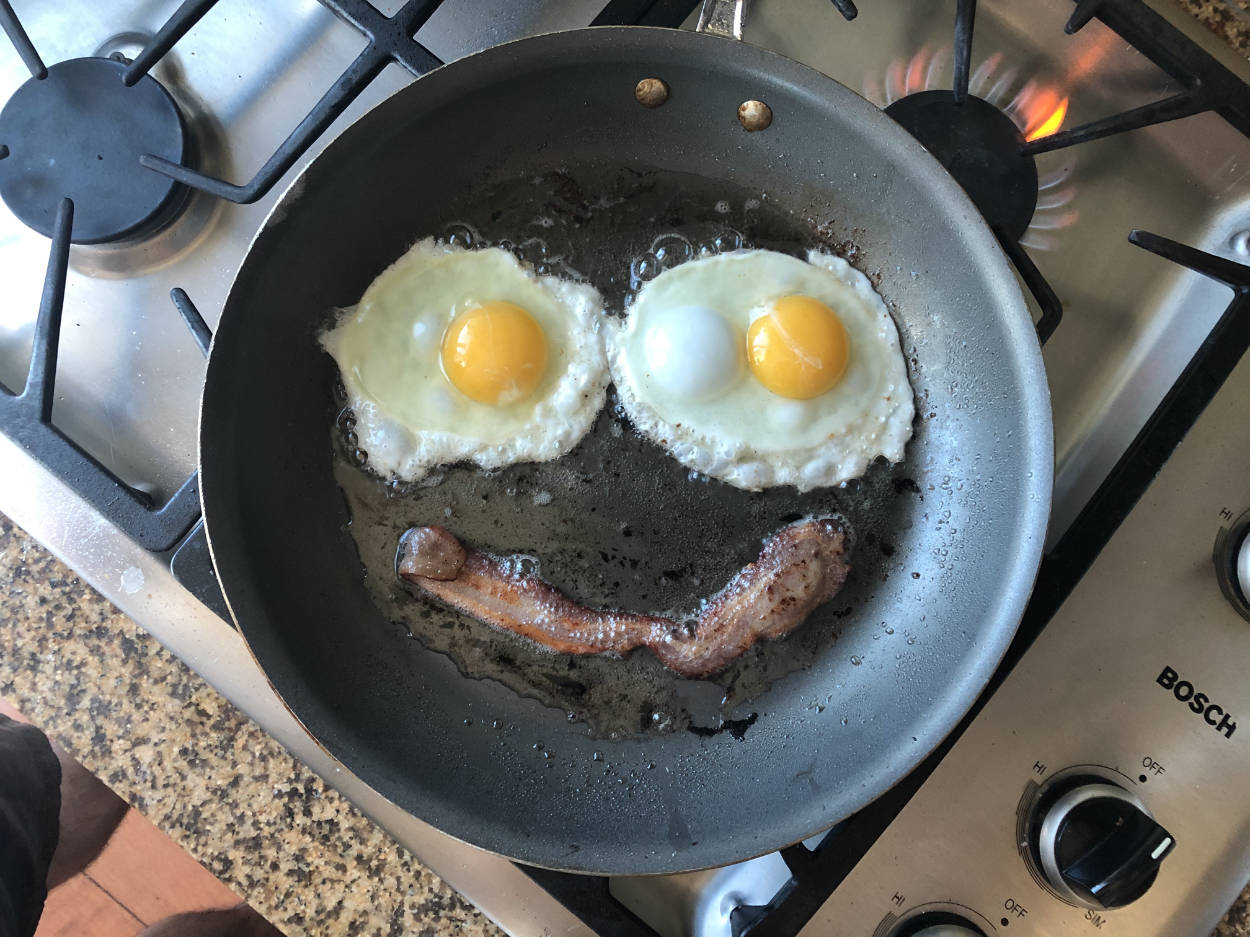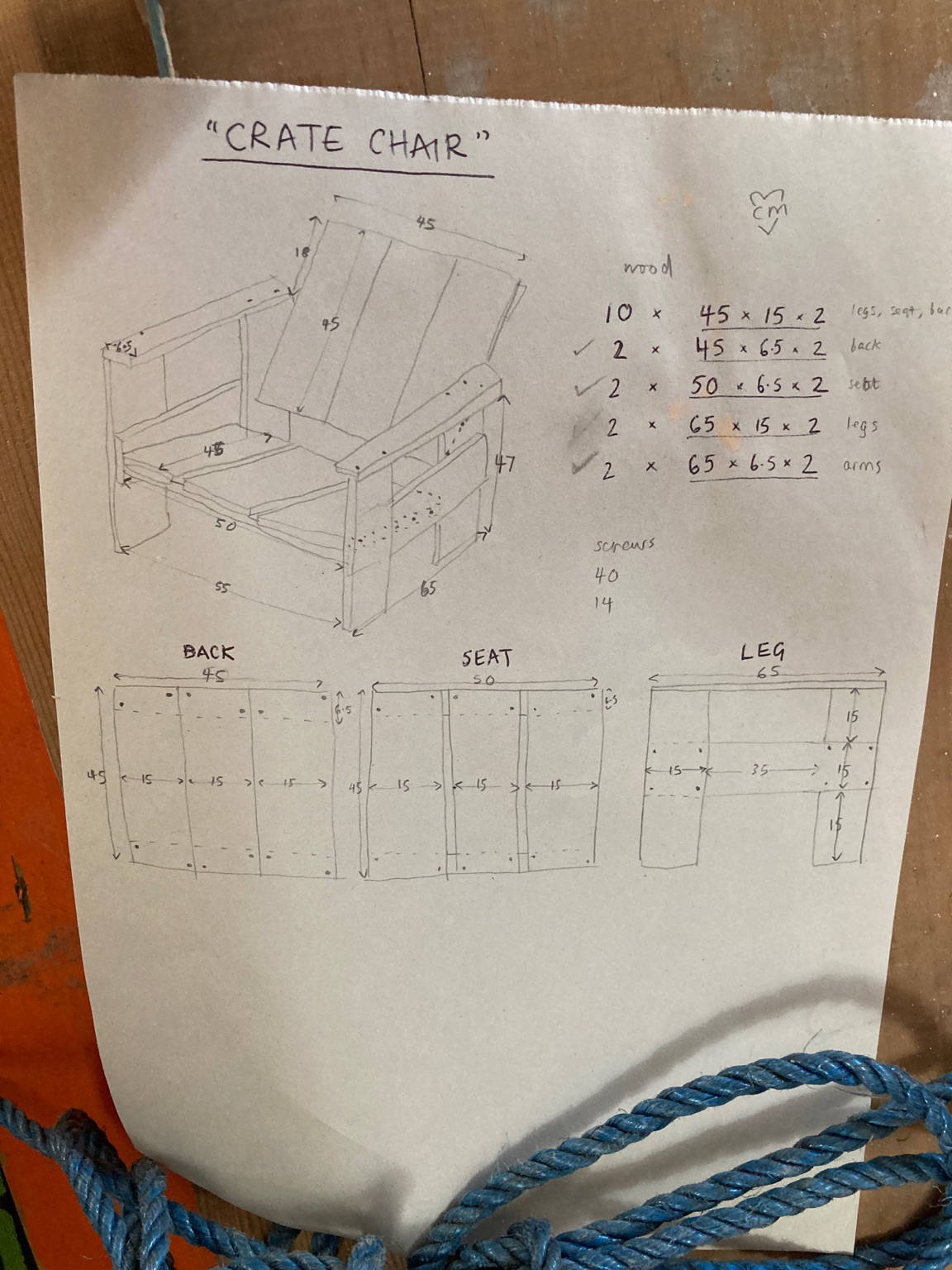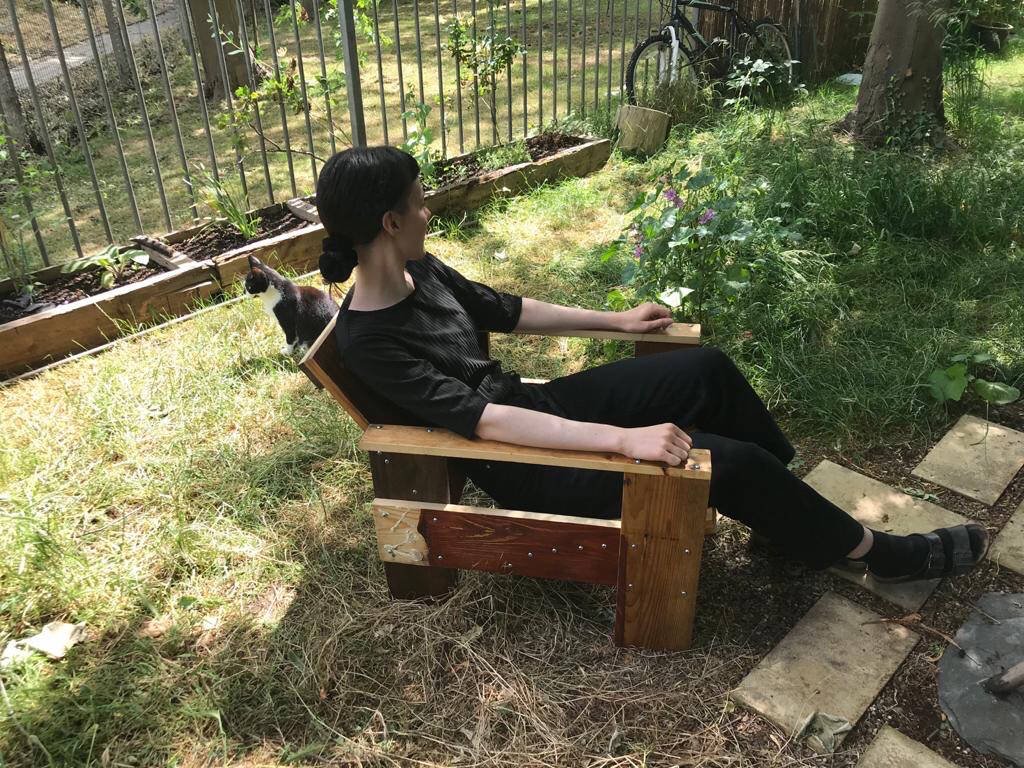Published
Sunny side smile

Published

Published
I can have cheese. Turns out that there are a lot of cheeses other than parmesean out there that are very low in lactose.
I HAD NO IDEA.
For reference, see Steve Carper’s Lactose Intolerance Clearinghouse, amongst many other articles online that I somehow missed. Mimolette, Gouda, even Camembert ❤️
Published
SF has felt like a tech monoculture for the past 10 years. It’s one of the big reasons we were originally planning to be in / around NYC instead.
I’m sure there’s more to it, but it’s kinda hard to find in the current situation, especially in our neighborhood. The worst thing is the possibility of slipping in to it personally, becoming one-dimensional.
Been on my mind since a lot of the indoor things I usually love doing (reading and cooking are two of the biggies) aren’t ticking the boxes at the moment. It might not be the city, it’s probably more related to the move or the pandemic. Maybe I need to check out Oakland? I guess time will tell, I’ll try harder in the meantime. You are your environment.
Published
This post outlines how I handle proposals as an independent web developer, almost the whole pre-project arc including gathering info, writing and sending the proposal, and what happens after it’s sent.
I love chatting about potential projects with anyone who will entertain me, but I can’t stand writing proposals. My goal is to make the process streamlined enough that I hate it a bit less and am able to get proposals out the door much faster.
This is an important topic and something I’m continuously trying to improve. A good proposal lays solid foundations for a project and sets the tone of a working relationship. Sometimes it even helps weed out the people I’d prefer *not* to work with.
Some of this has evolved over years of freelancing, but a lot of it is brand new or newly refined. Moving from the UK to the US has given me the opportunity to reconsider my procedures and improve the commissioning process both for myself and for my clients.
I’m pretty happy with my approach, but I’m sure it could be improved. Also, what works for me may be totally unworkable for someone else. So take this as one person’s perspective, and please share with me if you have other ideas.
Published
Pricing is a minefield, and I’m not sure I’ll ever feel like I’ve got it totally right. That seems like a drag but on the sunny side, as an independent developer I’ve got total control over what I charge and can continue to adjust it as necessary.
This is where I’m at with pricing methodologies, rates, and invoicing at the moment. Please send me your thoughts if you have other ideas.
Published
But really, Reiner thinks the secret to a long life is “having something to do in the morning”, and these two men are proof of this maxim.
I just saw the news that Carl Reiner passed away, and someone linked to Hadley Freeman’s interview with him and lifelong friend Mel Brooks in the Guardian earlier this year. What a portrait of friendship.
Published
I had a lovely convo with NZ-based web worker Tom Hackshaw during a digital coffee a little while back, ended up sending him a link to Portfolio Starter once Sam and I finally wrapped it up. I had the good fortune of coming back across him recently when I accidentally sent an email to him instead of another Tom (oops! shows how mistakes can be good tho). Saw that he’s using Portfolio Starter, which is sweet! Better yet, he’s got an excellent blog going and a very commendable accessibility policy (I still need to get round to that…). Check his site out at the link below, or follow him on RSS.
Published
I love Helena García Hermida’s diary. Wild, spacious, ambiguous, playful, colourful, multilingual. Her site runs on Cargo, curious about which template she uses… Subscribe to her RSS feed.
Published
A list of independent live music venues in San Francisco sorted by capacity. Obviously not for right now, but I’d like to check them out when possible. Most of the list is from this 2018 article on the DNA Lounge blog (came across it on Twitter but can’t find the original tweet now…).
If someone reads this and goes “hey, that’s not independent!”, tell me and I’ll tweak the list.
In terms of outdoor venues in the Bay Area, I think that Stern Grove and Jerry Garcia Amphitheater are owned by the SF Parks Dept. and the Greek Theatre is owned by UC Berkeley? Not sure. I imagine some of their gigs are organized by the major conglomerates, but it looks like the Stern Grove Festival is independent.
For independent venues elsewhere in the US, incl. The White Horse in Austin ❤️, check out the National Independent Venue Association.
Published
HB gave herself a scrapheap challenge and made a Rietveld crate chair. I’m green with envy, it looks so great. She said it’s super comfy, which makes sense given the Adirondack-y angles and nice big armrests wide enough to rest a drink. Photos below are from the lady herself.

Hannah’s plans

Hannah relaxing in the finished product with a friend in the bg
Definitely would like to make this, we need some furniture. Note to self: minute differences in the angles, measurements, screw placement, materials, etc. make a big difference in the final result. Tread with care and joy.
In relation to the crate chair, see also Rietveld’s original plans, Self-assembly’s instructions, and Susan Young’s Instructables post.
For other beginner-friendly DIY furniture that is geared towards simplicity (fewer cuts, mostly right angles, straightforward lumber sizes, not much fuss in finishing, etc.), check out: RietveldBuilder, this Rietveld couch plan on Etsy, Van Bo Le-Mentzel’s Berliner Hocker, Ian Anderson’s Two-by-two chair on Self-assembly, the Wave Hill Garden Chair (inspired by Rietveld’s Red Blue chair), Rietveld’s Beugel chair (I can imagine tweaking this design slightly to be more easily made with few tools), Jesse Kamm and her husband’s Donald Judd-inspired furniture, Judd’s original wood furniture that one could attempt…
I’m sure there’s a lot more along these lines out there by more female and less Euro-centric designers, would love to see other inspo and plans.
If you’re not salvaging, then you have to select materials at some point. Popular Woodworking has some good writing on this topic, particularly their Choose the Right Plywood, How to Prepare Construction Lumber for Furniture, and What’s the Difference Between Screws? articles. Some DIY furniture plans like Enzo Mari’s Autoprogetazzione call for nails, but most of the time you’re better off with screws and glue for longevity.
The bare minimum of tools I like to have around for a DIY furniture project along these lines includes: a sliding t-bevel + protractor or a combination square; a sharp hand saw (read about Japanese pull saws vs Western push saws); multiple grades of sandpaper; a drill with a bit for pilot holes; a screw driver that matches up with your screw heads; a long metal ruler; a pencil; and a good vacuum. Additional items that are great to have include: a chop saw or table saw; a countersink bit attachment; and clamps.
Measurements are such a critical part of furniture making. If interested in figuring out how to choose good measuring tools, see Popular Woodworking’s “Precision Instruments for Woodworkers” parts 1, 2, 3, and 4. You probably don’t need crazy high-quality tools for the sorts of DIY furniture I’m talking about here, but if you’re buying a new tool, you might as well buy the best you can afford.
Edited 26 June 2020 at 11:30am to add notes about materials and tools and to add Self-Assembly links since it’s back online.